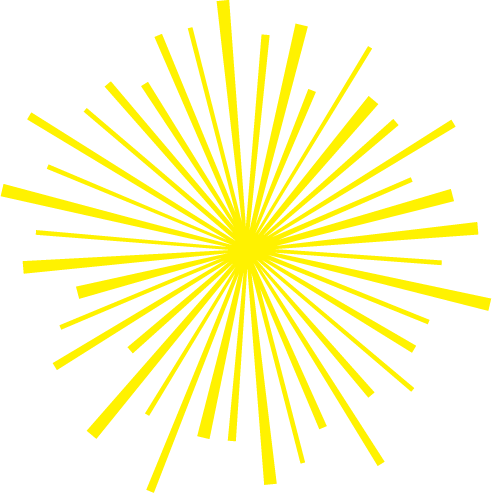PERMANENT COLLECTION
YVONNE MCKAGUE HOUSSER
NATIONALITY: Canadian
DATES: 1897 - 1996
ABOUT THE ARTIST
With her lively paintings of northern Ontario mining towns, and in drawings and prints, Yvonne McKague Housser brought a personal interpretation to the nationalist tradition in Canadian art. She was a much admired and influential teacher at the Ontario College of Art (OCA) and was instrumental in the founding of Toronto's Art Students' League. Housser was closely associated with Arthur Lismer, Lawren S. Harris, and Isabel McLaughlin, and married art critic Fred Housser.
An award-winning student and lifelong learner, Housser attended OCA during World War I, studying under William Cruikshank, J. W. Beatty and Robert Holmes. Over the years, she took further studies abroad: in Paris, under Lucien Simon at the Grande Chaumière, at the Académie Colarossi, and under Maurice Denis at the Académie Ranson; at the University of Vienna, briefly under Franz Cižek, an expert in art education; in Taos, New Mexico, under Emil Bisttram; in Provincetown, Massachusetts, with abstract expressionist Hans Hofmann.
After graduating from OCA in 1918, Housser remained there as a teacher until 1946, initially as an assistant to Arthur Lismer, and eventually teaching a wide range of courses. Among her early students was Isabel McLaughlin, who became a close friend and painting companion. As a teacher, Housser extended her reach broadly. She was principal advisor to the Art Students' League when it was founded in 1926, and taught both adult and children's art classes in numerous schools and universities in the Toronto area.
Housser first exhibited her work in 1923 with the Royal Canadian Academy of Arts, and in 1927 was included in the Annual Exhibition of Canadian Art at the National Gallery of Canada. Beginning in 1928, she participated in three Group of Seven shows. Numerous national and international exhibitions followed, including a two-person show at the Montreal Museum of Fine Arts.
Housser made numerous sketching trips throughout her career, traveling to the Rockies, Quebec, Northern Ontario, Mexico and the Caribbean. Her early works, such as Cobalt (1931), show an affinity to the Group of Seven, with richly-coloured houses and glacier-like tailings. Housser portrays this virtually abandoned mining site, however, as an inviting, cheerfully crooked town. Shoreline, Northern Ontario (1945) demonstrates the artist`s increasingly personal approach to form and colour. Stimulated in later decades by Canadian abstract painters and by her teacher Hans Hofmann, Housser went on to experiment with semi-abstraction and non-objective work.
Housser was a founding member of the Canadian Group of Painters and Federation of Canadian Artists, and a member of the Heliconian Club, Ontario Society of Artists and Royal Canadian Academy, holding office in most of these groups. She was made an Honorary Fellow of the Ontario College of Art in 1981 and member of the Order of Canada in 1984.

